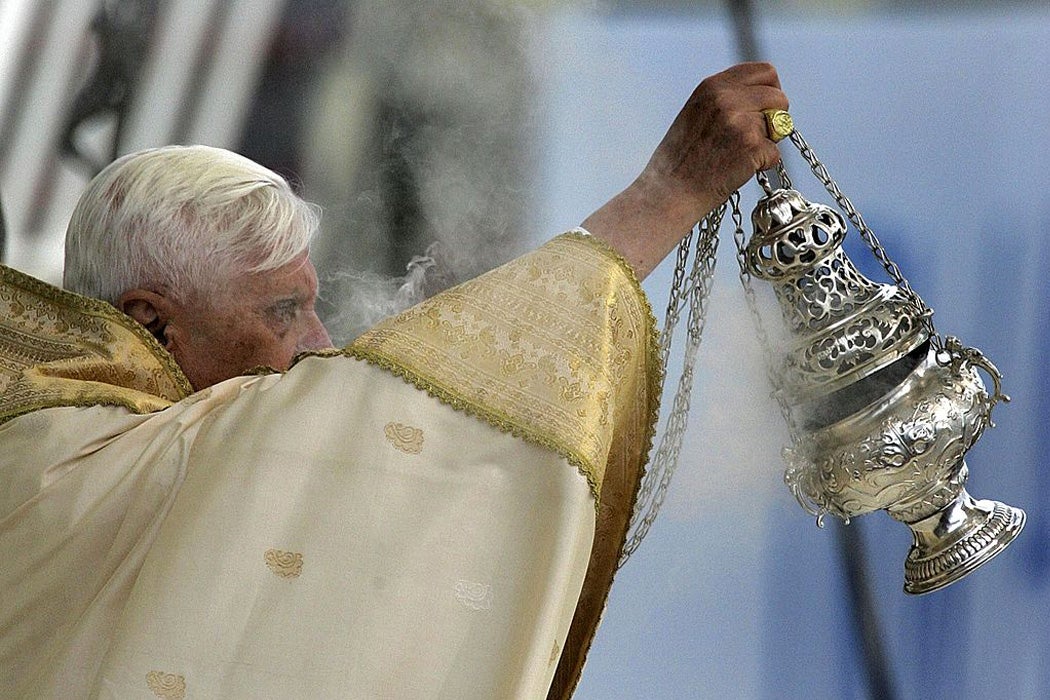Throughout Christian history, theologians have employed images of Jesus Christ as Light and Word. But, as religion scholar Susan Ashbrook Harvey explains, fourth-century Syrian theologian St. Ephrem offered another kind of Christian language to describe divinity, rooted in scent.
“Through smell, human and divine could meet, not face-to-face as distinct realities, but intermingled in a communion of being,” she writes. For Ephrem, the natural world revealed God’s truth just as scripture did. Through baptism, Christians acquired “new senses” to receive this understanding through physical experience.
Bypassing the mind/body dichotomy and leaving aside the question of rationality as the basis for establishing truth, Ephrem finds in sensory experience a knowledge about God which cannot be gained in any other way.
In his writings, Ephrem connects scents with spiritual experience. Jesus becomes the “Glorious Lily” and the “Treasure of Perfumes.” Like communion bread, this fragrance was not a metaphorical matter but a life essence, central to the resurrection of souls in paradise.
A focus on scent was common to various religious traditions in the ancient Mediterranean, Harvey notes. Sweet scents were a common metaphor for divine essence—something invisible and ineffable, all-pervading and capable of crossing boundaries. According to Ephrem, scents were a divine sign, as in his description of the first Pentecost: “When the blessed Apostles were gathered together the place shook and the scent of Paradise having recognized its home poured forth its perfumes…”
People have long developed medical, theological, and historical ideas around smell, which is a uniquely evocative human sense. The era Ephrem was writing in represented a turning point for scent in the Christian church.
Early Christians had eschewed incense as a way to differentiate their church from the worship styles of Judaism and other ancient religions. In the third century, Romans mandated incense offerings in worship of the Emperor, leading to the martyrdom of Christians who refused to participate. But as Christianity gained acceptance, and then social and political dominance, in fourth century Rome, its ceremonies became more lavish. That included the increasing use of incense, which became standard in Christian churches by the fifth century.
Weekly Digest
This shift was just starting in Ephrem’s time, and Harvey writes that he took care to distinguish the appropriate use of incense from that of “false” religions. He described pagan incense offerings as having a “loathsome” odor, compared with Christian incense, which was sweet because of its connection with Jesus Christ’s sacrifice.
Much later in Christian history, the Reformation would again cast incense aside and a focus on scents as inappropriate. But for Ephrem, God could be found in smell as much as in words.







